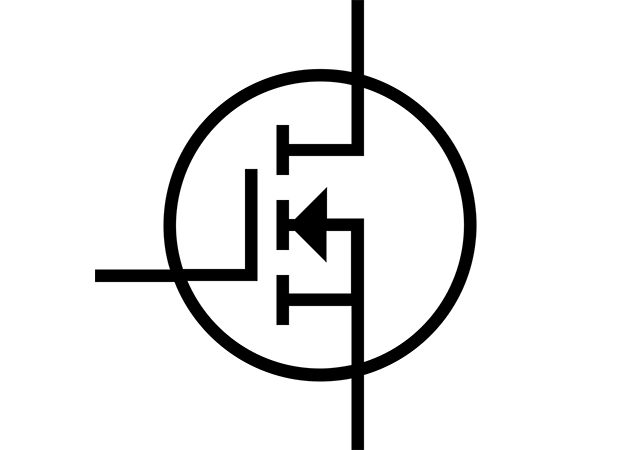The previous module showed the characteristics of semiconductors and their variety under different conditions. Here we will briefly recap the main characteristics of semiconductors in order to properly understand how semiconductor devices work.
Semiconductors are materials in which the conductivity lies in between conductivity of conductors and insulators. The conductivity of conductors is more than 108 S/m, conductivity of insulators is less than 10-6 – 10-8S/m.
Semiconductors are characterised by conductivity, in the presence of free electrons in the conduction band (of the material band structure) and the weak band between valence electrons and the atomic nucleus. So valence electrons can leave the atom at a certain kinetic energy level, depending on the variety of parameters like temperature, pressure, external influence etc, and these electrons can migrate to the conduction band on the semiconductor, passing the forbidden band.
The forbidden bandwidth of semiconductors is in between the bandwidths for conductors and insulators. Semiconductors are also characterised by two types of charges in their structure – free electrons and holes. Every time a valence electron moves from the valence atomic orbit to the conduction band, or to the valence orbit of another atom, it leaves the positively charge pseudo-particle, called a hole. In an equilibrium state the existence of holes may seems irrelevant, but when an external electric field is applied to a semiconductor, these two particles will be characterised by different mobility across the semiconductor.
Free electrons move much quicker than holes in the applied electric field. The electrons and holes move in the opposite direction and both take part in the process of conductivity. The semiconductors are also characterised by the process of recombination, which decreases the quantity of charge careers. Recombination occurs when the free electron, being close to the hole, recombines with the hole, taking this vacant place at a valence orbit of the atom. This process is called electron-hole pair recombination. The reverse process is called electron-hole pair generation. This may occur when temperature, the external field, doping, or some other effect is applied to a semiconductor.
In this way we can see the generation of free electrons and holes, when a free electron is moving to the conduction band or moving across the valence band until the next recombination. Semiconductors are also characterised by the intrinsic concentration of electrons, to a given level of free electrons. The developers of semiconductor devices would like to control the characteristics of the semiconductor to get the the predictable parameters of a device. So semiconductors are rarely used as a pure material, because there are techniques that help to control semiconductor parameters. This technique is called doping – the process of creating a semiconductor alloy within given parameters.
Doping is usually processed by two semiconductors, rarely more. There are two types of doping – if in the semiconductor lattice I a semiconductor II is added with bigger quantity of valence atoms, then the semiconductor atom II is called a donor; if the quantity of valence electrons in the semiconductor II is less than in semiconductor I – the semiconductor II is called the acceptor. If the semiconductor is doped by donors, then the conduction process is held by free electrons. This semiconductor alloy is called an n-type semiconductor. If the semiconductor is doped by the acceptor, then the conduction process is held by the holes and this semiconductor alloy is called p-type semiconductor. Usually semiconductors are doped to the concentrations much higher than intrinsic concentration of electrons in a semiconductor.




